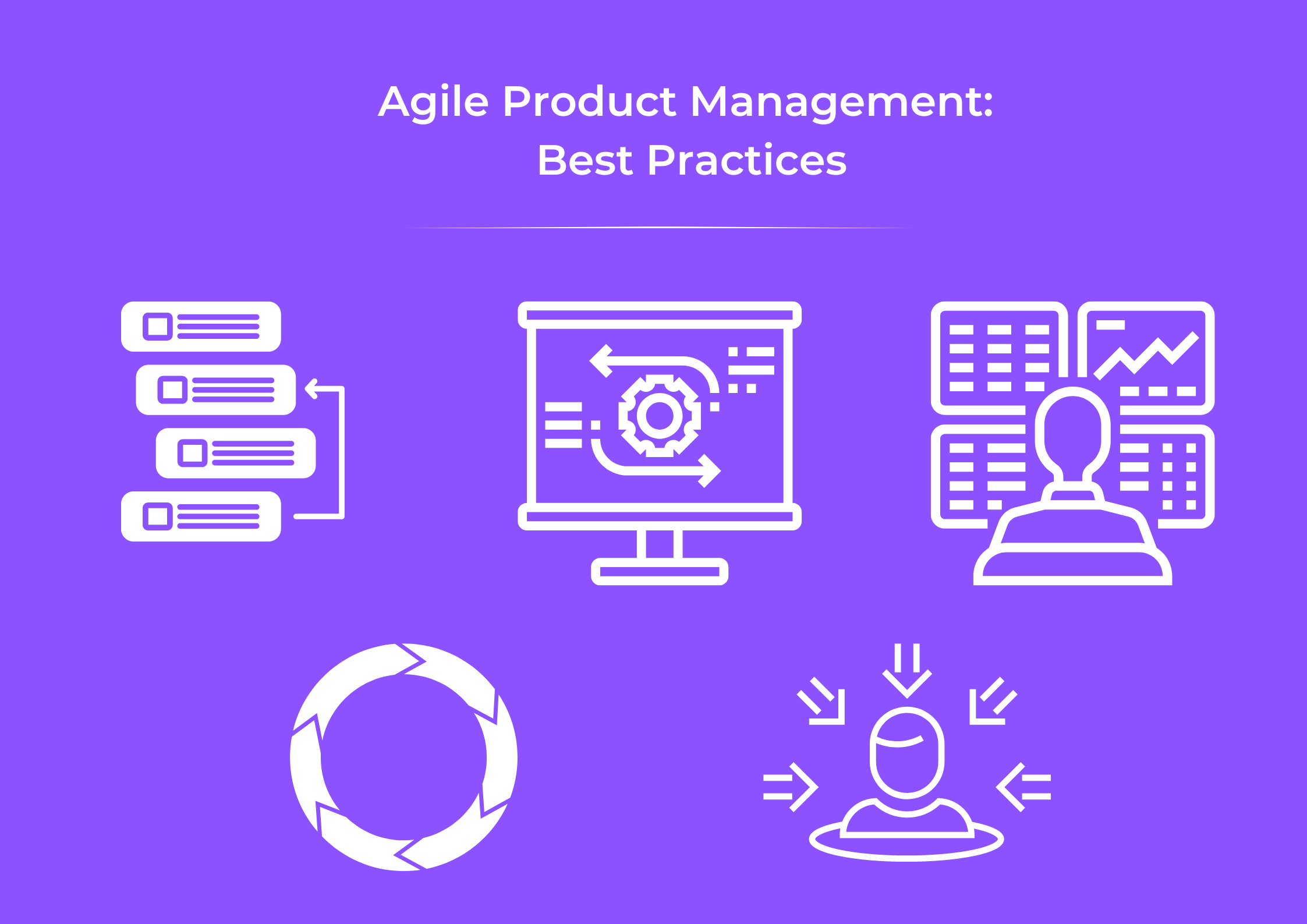📢 Sign up to my newsletter and never miss a beat!
In today’s fast-paced business landscape, effective product management is crucial for organizations aiming to stay competitive. Agile methodologies have revolutionized the way products are developed and delivered, emphasizing flexibility, collaboration, and customer-centricity.
In this concise guide, we’ll explore the key principles and best practices that empower successful Agile product management. Whether you’re a seasoned product manager or just starting your journey, this article will provide valuable insights to enhance your approach.
Let’s dive in and discover how Agile practices can drive innovation, streamline processes, and create exceptional products that resonate with users.
1. Understand Customer Needs
Engaging with customers through surveys, interviews, and usability testing can provide insights into their problems and preferences. This direct feedback helps in refining product features to better meet customer expectations. It’s crucial to maintain an ongoing dialogue with customers throughout the development process.
2. Define Clear Goals and Objectives
Establishing specific, measurable, achievable, relevant, and time-bound (SMART) goals ensures that the team knows what success looks like. These goals should align with the broader business objectives and be communicated clearly to every team member.
3. Prioritize Ruthlessly
With limited resources and time, focusing on the most impactful tasks is vital. Techniques like MoSCoW (Must have, Should have, Could have, Won’t have this time) help in identifying what features will deliver the most value to the customer and the business. This requires a clear understanding of customer needs and market demands.
4. Embrace Change
Agile product management thrives on flexibility. Being open to changing course based on new customer insights, technological advancements, or competitive pressures is crucial. This agility can be a competitive advantage, allowing the product to evolve in response to the market.
5. Foster Cross-Functional Teams
Collaboration across disciplines brings diverse perspectives to the product development process. It ensures that all aspects of the product, from technical feasibility to marketability, are considered. Encouraging team members to share knowledge and skills can lead to more innovative solutions.
6. Iterative Development
Breaking the development process into shorter cycles or sprints allows for frequent reassessment of the product’s direction. It enables the incorporation of feedback and adjustments to the plan with minimal disruption.
7. Maintain a Product Backlog
The product backlog is a dynamic list of features, changes, fixes, and enhancements. Keeping it organized and prioritized ensures that the team always works on the most important tasks. Regular backlog grooming sessions help to refine tasks and ensure alignment with the product vision.
8. Build a Minimum Viable Product (MVP)
An MVP helps in validating product concepts with the least effort. It focuses on core functionalities that solve the primary problem for users. Feedback on the MVP can guide further development, ensuring that resources are invested in features that users want and need.
9. Continuous Delivery and Integration
Automating the build, test, and deployment processes enables frequent releases. This practice supports rapid iteration and feedback, reducing the risk associated with big releases and helping to identify and fix issues quickly.
10. Measure and Analyze
Setting up metrics and analytics tools to track user behavior, feature usage, and performance indicators is essential. This data-driven approach aids in making informed decisions about product improvements and prioritization.
11. Empower Your Team
Giving team members autonomy over their work and encouraging decision-making within the team fosters a sense of ownership and accountability. Empowered teams are more motivated and likely to produce creative solutions.
12. Maintain Open Communication
Regular meetings like daily stand-ups, sprint planning, reviews, and retrospectives keep everyone aligned on goals, progress, and blockers. Encouraging open dialogue and feedback within the team and with stakeholders is key to resolving issues and fostering a collaborative environment.
13. Learn from Failures
Adopting a mindset where failures are seen as opportunities to learn and grow is vital. Analyzing mistakes to understand what went wrong and how to prevent similar issues in the future contributes to continuous improvement.
14. Stay Customer-Focused
Keeping the customer at the center of all decisions ensures that the product remains relevant and valuable. This focus helps in prioritizing features, making trade-offs, and delivering a product that meets or exceeds customer expectations.
15. Continuous Learning
The tech and business landscapes are constantly evolving. Staying informed about new agile practices, technologies, and market trends enables the team to innovate and adapt. Encouraging professional development and learning opportunities for team members can enhance skills and contribute to the product’s success.
Implementing these practices requires a dedicated effort from the entire team and support from leadership. It’s a continuous process of learning, adapting, and improving to deliver products that meet customer needs and achieve business goals.
Want to Explore More on This Topic?
Delve deeper with these curated resources! Discover insightful articles, expert blogs, and top-rated books to enhance your knowledge and skills.
Note: Some links are affiliate links, which means I may earn a small commission if you decide to make a purchase.
- “Essential Scrum: A Practical Guide to the Most Popular Agile Process” by Kenneth Rubin
- Lean Mastery: 8 Books in 1 – Master Lean Six Sigma & Build a Lean Enterprise, Accelerate Tasks with Scrum and Agile Project Management, Optimize with Kanban, and Adopt The Kaizen Mindset by Greg Caldwell
- “The Ultimate Guide to Agile Product Management” by ProductPlan
- “Agile Practice Guide” by Project Management Institute
- “What Is Agile Product Management: Guide To Processes & Roles” by The Product Manager
- The Agile Coach: Atlassian’s no-nonsense guide to agile development



